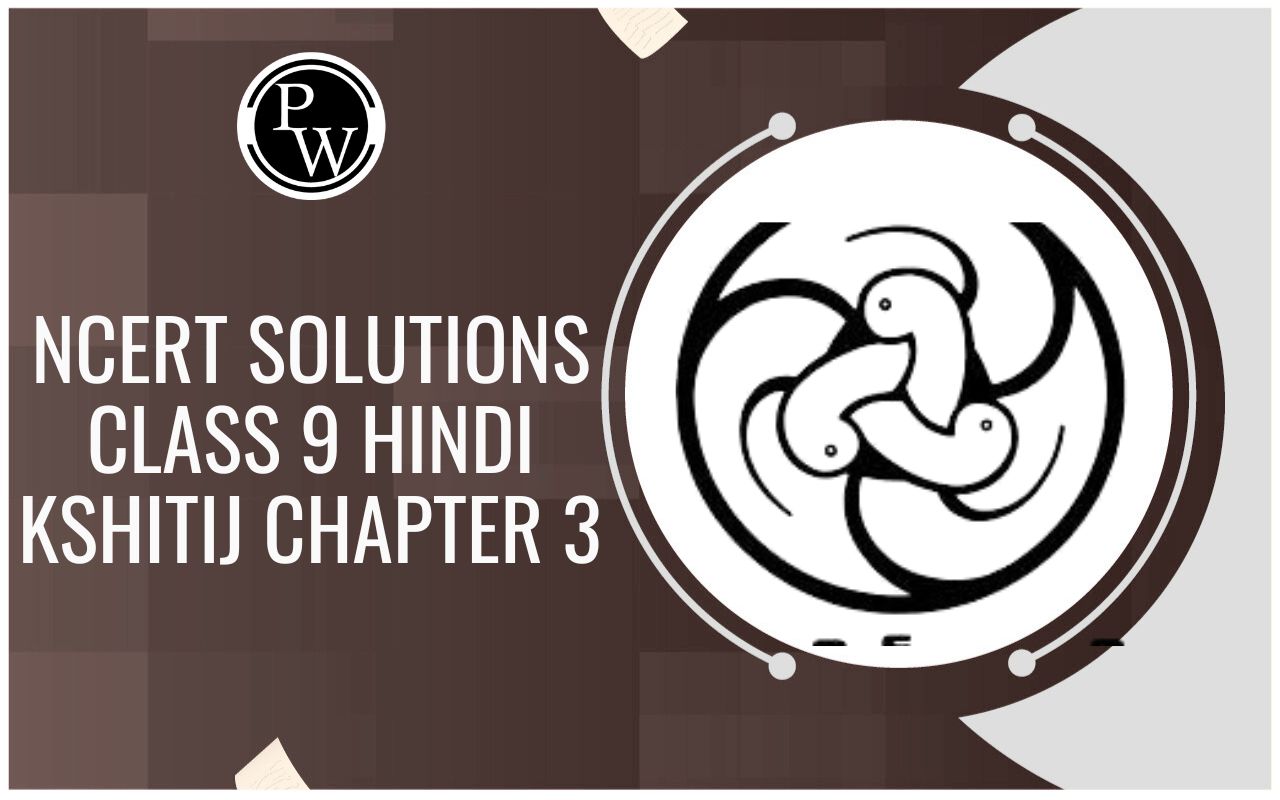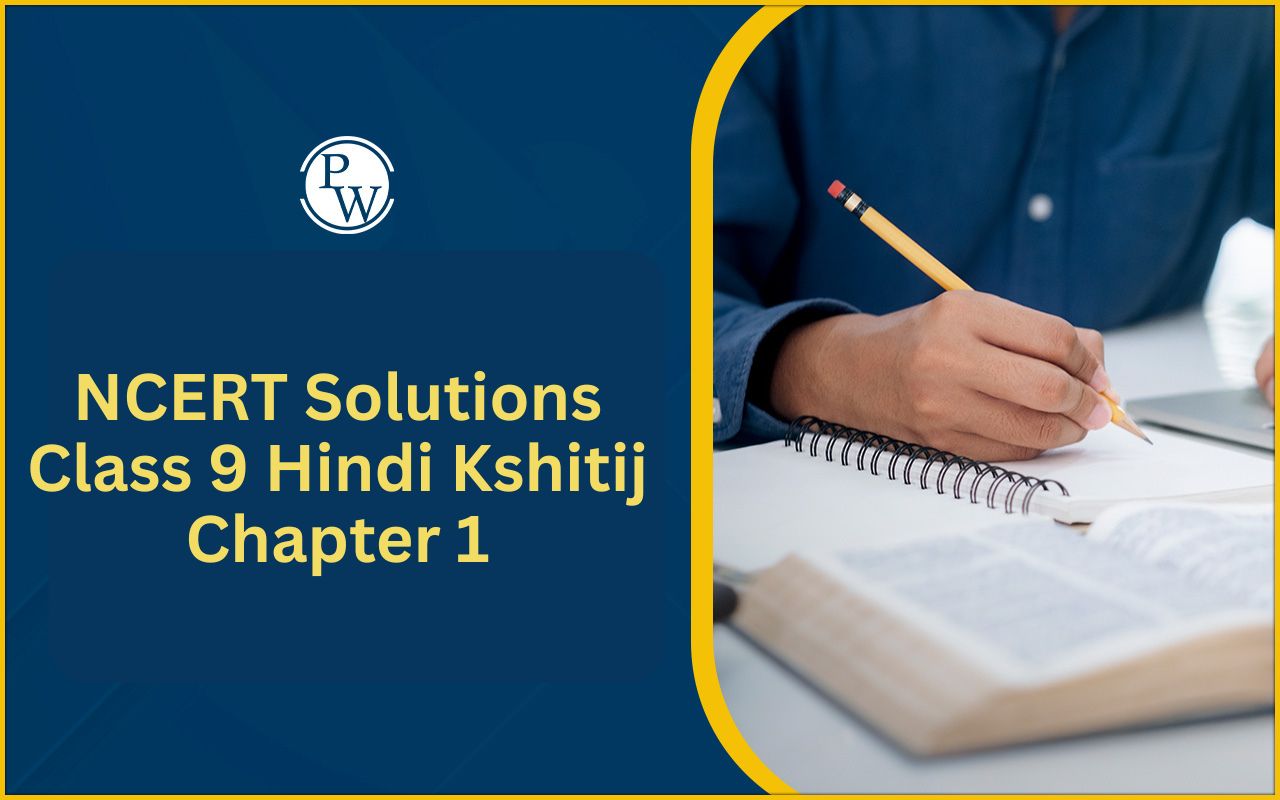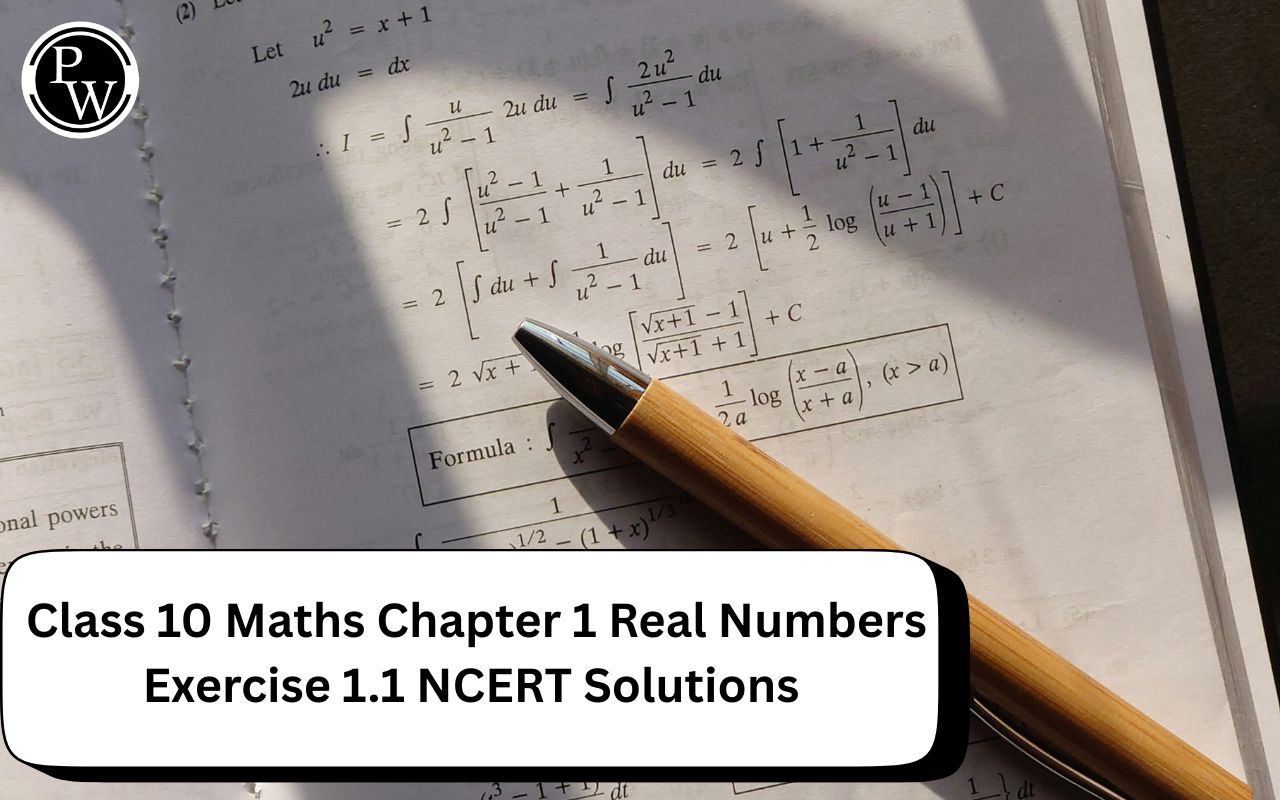
CHANCE AND PROBABILITY
Statistics of Class 8
CHANCE AND PROBABILITY:
EXPERIMENT:
An activity which gives some well-defined outcomes is called experiment “Tossing a coin” gives either head (H) or tail (T), is an experiment.
RANDOM EXPERIMENT:
It is an experiment, in which we know about all the possible out comes but not sure about a specific outcome.
For e.g. in throwing a dice, possible outcomes are 1, 2, 3, 4, 5, 6 but we are not sure that the number on dice is ‘4’.
EVENT:
The possible outcomes of a trial are called events. e.g., when a die is rolled, showing the number 1 or 2 or 3 or 4 or 5 or 6 is an event.
EQUALLY LIKELY EVENTS:
Outcomes of an experiment are equally likely if each has the same chance of occurring.
Probability of an event =
 when the outcomes are equally likely.
when the outcomes are equally likely.
|
|
P (E) + P (not E) = 1 0 ≤ P (E) ≤ 1 Sum of the probabilities of all the outcomes of random experiment is 1. |
CBSE NCERT Solutions for Class 8 Maths
class 8 maths NCERT solutions Chapter 1: Rational Numbers
class 8 maths NCERT solutions Chapter 2: Linear Equations in One Variable
class 8 maths NCERT solutions Chapter 3: Understanding Quadrilaterals
class 8 maths NCERT solutions Chapter 4: Practical Geometry
class 8 maths NCERT solutions Chapter 5: Data Handling
class 8 maths NCERT solutions Chapter 6: Square and Square Roots
class 8 maths NCERT solutions Chapter 7: Cube and Cube Roots
class 8 maths NCERT solutions Chapter 8: Comparing Quantities
NCERT Class 8 Maths solution Chapter 9: Algebraic Expressions and Identities
class 8 maths NCERT solutions Chapter 10: Visualizing Solid Shapes
class 8 maths NCERT solutions Chapter 11: Mensuration
class 8 maths NCERT solutions Chapter 12: Exponents and Powers
class 8 maths NCERT solutions Chapter 13: Direct and Inverse Proportions
class 8 maths NCERT solutions Chapter 14: Factorization
class 8 maths NCERT solutions Chapter 15: Introduction to Graphs
class 8 maths NCERT solutions Chapter 16: Playing with Numbers
Notes,worksheet and solved question for Maths class 8
- class 8 maths notes on chapter Liner equation in one variable
- class 8 maths notes on chapter algebric expression
- class 8 maths notes on chapter Mensuration
- class 8 maths notes on chapter Square and square roots
- class 8 maths notes on chapter statistice
- class 8 maths notes on chapter practical Geometry
- class 8 maths notes on chapter commericial maths
- class 8 maths notes on chapter solid shape
- class 8 maths notes on chapter quadrilaterals
- class 8 maths notes on chapter exponents
- c lass 8 maths notes on chapter factorisation
- class 8 maths notes on chapter inverse proporation
- class 8 maths notes on chapter cube and cube roots
Check your marks in a chapter which you have completed in school from Physics Wallah chapter wise online test just click on the link given below










